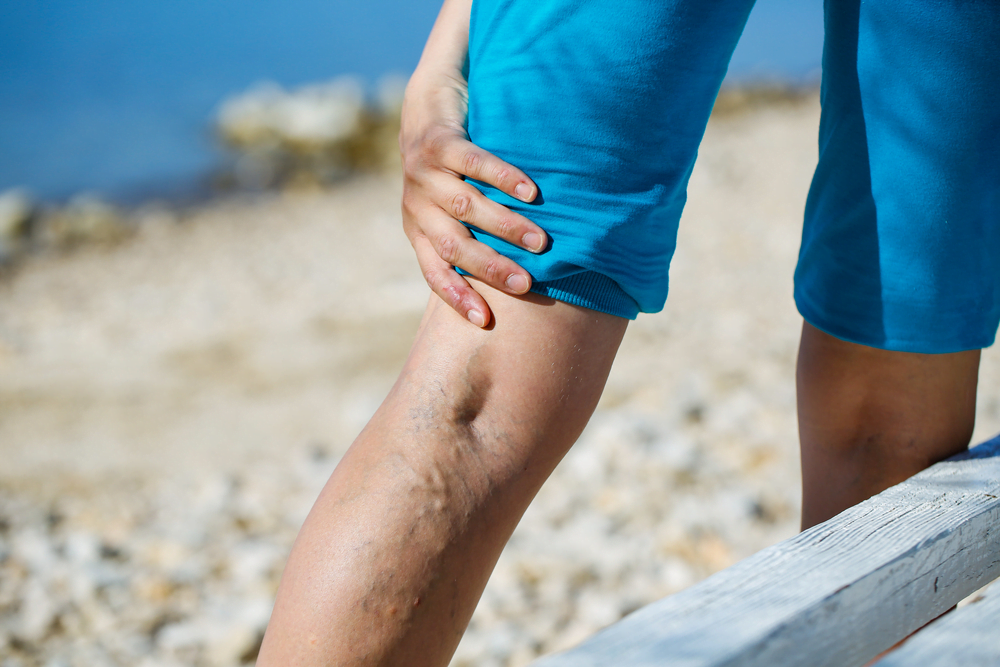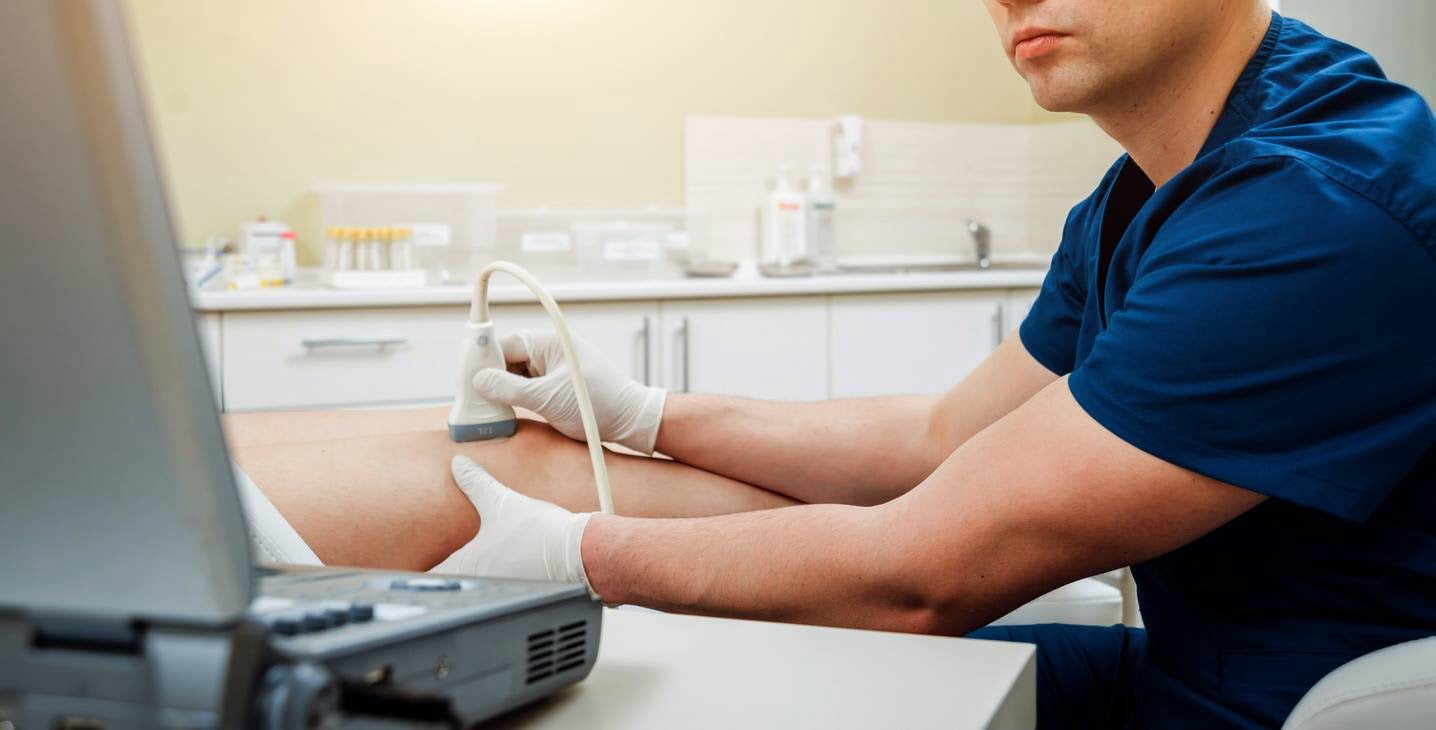
Did you know that most women will have uterine fibroids before they reach age 50? Symptoms can range from unnoticeable to downright debilitating. Uterine fibroid embolization is the premier minimally invasive treatment for uterine fibroids, and it offers significant advantages over a hysterectomy. Let the expert staff at Zenith Health & Aesthetics in Memphis, TN ease your uterine fibroid pain so you can live a more comfortable life.
What Are Uterine Fibroids?
Uterine fibroids, also known as leiomyomas or myomas, are non-cancerous growths on the uterus that affect premenopausal women. These growths appear on the muscular walls of the uterus and can range from pea to grapefruit size.
Having uterine fibroids does not put you at an increased risk of developing uterine cancer. Most women, up to 80%, will develop uterine fibroids by the age of 50.
Types of Fibroids
Four types of uterine fibroids may form in the uterus: intramural, pedunculated, submucosal, and subserosal fibroids. Women can one or more types of fibroids at any time. Each type may cause different symptoms.
Intramural Fibroids
Intramural fibroids are the most common fibroids found in the uterus. These fibroids grow in the uterine wall and can grow to very large sizes if left untreated. Some women have many intramural fibroids growing in the same region. Pelvic or lower back pain and abnormal bleeding may result from this fibroid type.
Pedunculated Fibroids
Pedunculated fibroids grow from stem-like structures (peduncles) and form on the wall of the uterus or inside the cavity of the uterus. Quick movements may cause the peduncle to twist and cut blood flow, resulting in intense pain.
Submucosal Fibroids
Submucosal fibroids, the rarest type of fibroid, form under the uterine lining where they may crowd the uterine cavity. This type of fibroid may cause excessive bleeding and other significant complications.
Subserosal Fibroids
Subserosal fibroids grow on the outer uterine wall. Large growths in this region can crowd nearby organs and cause discomfort or pain.
What Are the Symptoms of Uterine Fibroids?
Uterine fibroids are very common, and many women do not know they have them. Many women do not have symptoms or do not notice the signs. The location, size, and the number of fibroids present may influence whether or not you experience symptoms. Some of the most common symptoms of uterine fibroids are:
- Constipation
- Difficulty emptying the bladder
- Frequent urination
- Heavy menstrual bleeding
- Leg pain
- Lower back pain
- Pain during intercourse
- Pelvic pressure or pain
- Prolonged menstrual bleeding
- Spotting between periods
Any of the symptoms above warrant a trip to your doctor. If you experience any sharp pain in your pelvic region or have severe vaginal bleeding, please seek immediate medical attention.
What Are the Risk Factors for Uterine Fibroids?
Although the precise cause for fibroids remains a mystery, there are a few risk factors that seem to be at play. Any one or more of the following factors could increase your chances of developing fibroids:
Hormones
Uterine fibroids are linked to the hormones estrogen and progesterone—two distinctly feminine hormones. The hormonal connection with fibroids is why nearly all women experience them at some point in their lives. For premenopausal women, these two hormones signal the uterine lining to prepare for pregnancy every month.
Genetics
If someone in your family has a history of uterine fibroids, there is an increased chance that you will also develop them. Researchers have found that women who develop fibroids have variations in a set of genes associated with the female reproductive organs.
Pregnancy
During pregnancy, the female body has a surge of estrogen and progesterone, the quintessentially female hormones mentioned above. As a result, getting pregnant could increase your risk of developing fibroids.
How Do I Find Out If I Have Fibroids on My Uterus?
Your gynecologist may detect fibroids during a routine examination. If your uterus feels enlarged, an ultrasound can confirm the presence of fibroids. After detection, an MRI can pinpoint the location and number of fibroids and determine their exact sizes.
If you have symptoms of fibroids, your doctor may run tests to investigate the cause. These tests may include blood work such as a complete blood count (CBC) or imagining tests to look for the presence of fibroids. Fibroid specific imagining tests include a hysterosonography, hysterosalpingography, and hysteroscopy.
How Do I Treat Uterine Fibroids?
There are several options for treating uterine fibroids. Your doctor may suggest hormonal medications first. If these treatment options prove unsuccessful, you are tasked with finding the best treatment for you.
Old Solution: Hysterectomy
In the past, women had few options other than hysterectomy to remove fibroids. Hysterectomy is the surgical removal of the uterus. Although this operation is effective for eliminating all fibroids, it is also a major surgery that comes with long recovery times, a hospital stay, and receiving general anesthesia.
Women who undergo a hysterectomy no longer have their uterus. Removing the uterus can cause hormonal issues and trouble with the bladder, bowels, and the pelvic floor after the operation.
New Solution: Uterine Fibroid Embolization (UFE)
Many women are opting for the modern treatment to remove uterine fibroids called uterine fibroid embolization.
What Is Uterine Fibroid Embolization?
UFE is a minimally invasive uterine fibroid treatment that cuts off blood supply to fibroids to make them shrink. We insert a small catheter and a moving x-ray called a fluoroscope into a tiny opening in the upper thigh until they reach blood vessels near your fibroids. The special x-ray ensures precision and safety throughout the treatment.
We push tiny particles called embolization spheres through the catheter to block fibroid blood flow. Disabled blood flow causes the fibroids to shrink. After shrinking, fibroids die off, which eliminates many of the associated symptoms.
What Are the Benefits of UFE?
The American College of Obstetricians and Gynecologists declared uterine fibroid embolization as an alternative to hysterectomy for good reasons. There are many prominent benefits of choosing UFE over hysterectomy.
This endorsement is excellent news for the 250,000 U.S. women who consider a hysterectomy each year. Below we look at the most notable benefits of choosing UFE over a hysterectomy for uterine fibroids.
Uterus Preservation
Choosing UFE means keeping your uterus. Removing the uterus isn’t the ideal choice for many women, because a hysterectomy eliminates the ability for a woman to conceive. If you still wish to become pregnant or would like to preserve the possibility, UFE is the ideal uterine fibroid treatment for you.
The scientific community has not determined the viability of pregnancy after UFE conclusively. Although there is no guarantee that UFE will preserve your fertility, the chances of conceiving are far higher with your uterus intact.
UFE Doesn’t Influence Hormones or Organs
You won’t experience changes in your hormones or organs. A hysterectomy forces women into early menopause and all the hormonal changes that arise from this. Removing the uterus can impact the bladder, bowels, and pelvic floor. All three regions are interlinked with the uterus and impacted during surgery. They can cause unwanted post-operative symptoms of their own, including pain, infection, and protruding tissue.
With UFE, you don’t have to worry about any changes to your hormones or organs. This minimally invasive treatment does not influence any other region of the body.
Reduced Recovery Times
You can resume regular activities within a few days. The full recovery period for a hysterectomy is around six to eight weeks. Usually, it takes at least a week or two after your appointment to return to work or other daily activities.
With UFE, many women feel ready to return to work within a few days after treatment. You can expect a full recovery within one or two weeks after the uterine fibroid embolization treatment.
Outpatient Procedure
UFE is usually an outpatient procedure, whereas a hysterectomy is a major surgery that requires extended hospital stays. A hysterectomy is a serious operation, and you must stay in the hospital for the medical staff to monitor you.
UFE takes around one hour to complete, and you will not need to stay in the hospital for an extended amount of time for observation.
Fewer Risks
Uterine fibroid embolization is a lower-risk alternative to hysterectomy. All major surgeries come with risks. Whether its anesthesia or infection, you contend with fewer risks when opting for UFE.
High Success Rate
UFE has an average success rate of around 90% when assessing all the study results. Five years after treatment, approximately 80% of patients still do not have any symptoms and therefore need not have a hysterectomy or further fibroid treatment.
Improved Mood and Self-Confidence
You’ll feel like yourself again without compromise. Living with the symptoms of uterine fibroids can seriously disrupt your quality of life. Pain, sexual issues, and heavy periods can take a toll on your mental health and overall wellbeing. Self-esteem and confidence can suffer when you aren’t feeling in good physical health.
You may not even realize how uterine fibroid symptoms influence your mood. Most women find substantial symptom relief after undergoing UFE. What many don’t expect is the dramatic improvement to their outlook on life. Removing unwanted symptoms creates a ripple effect for rediscovered positivity to flow in your life.
Cheaper Overall Costs
UFE delivers comparable results without the higher price tag. With health care, everything adds up. The intensity of the procedure, the longer stay in the hospital, and follow-ups for a hysterectomy can cost much more than UFE.
This safe, effective, and streamlined treatment doesn’t require hospitalization, which can save you thousands of dollars overall.
Is UFE Better Than a Hysterectomy?
For many women, UFE is the better option. The research concludes that both uterine fibroid treatment options have similar success rates; however, a hysterectomy comes with potential downsides that many women wish to avoid.
Will UFE Remove All of My Fibroids?
Although UFE does not remove all fibroids, it will shrink them substantially. The high success rate shows that this method is one of the most effective treatments for uterine fibroids. After the procedure, symptoms such as severe pain and heavy periods go away, and you avoid the risks associated with a major operation.
Am I Candidate for UFE?
If you are struggling with symptoms of uterine fibroids or believe you might be, you could be a candidate for UFE. Ideal candidates for treatment are:
- Age 18 or older
- Not pregnant
- Wish to preserve the uterus
- Do not have a pelvic infection
- Have symptoms of uterine fibroids
UFE isn’t for everyone. The best way to determine your eligibility for treatment is to schedule an appointment with us. We’ll discuss your full medical history, symptoms, and treatment options.
Will Health Insurance Cover UFE?
Most health insurance companies cover UFE. If you have questions about whether your insurance will cover this procedure, please contact them directly.
Schedule an Appointment
Most women agree that uterine fibroid embolization is the best option for them. With a high success rate and a host of extraordinary benefits, we believe that you will agree. If you are ready to discover what UFE can do for you, contact us today. Schedule an appointment at Zenith Health & Aesthetics in Memphis, TN to learn more.





